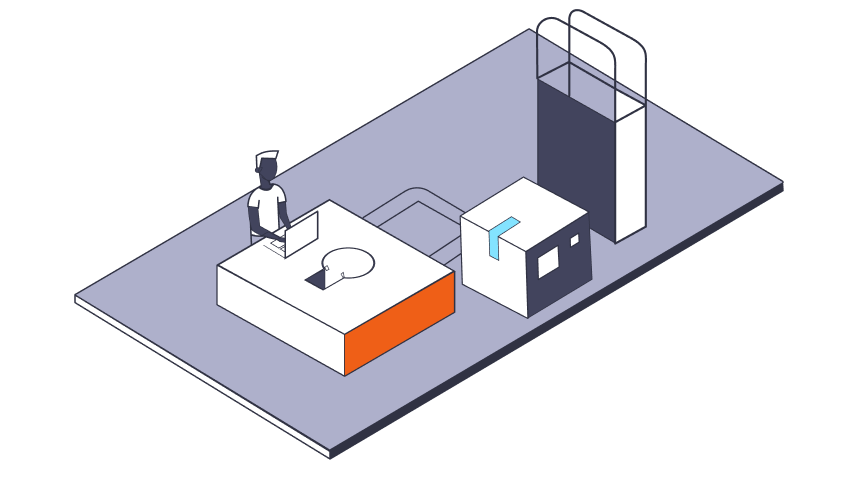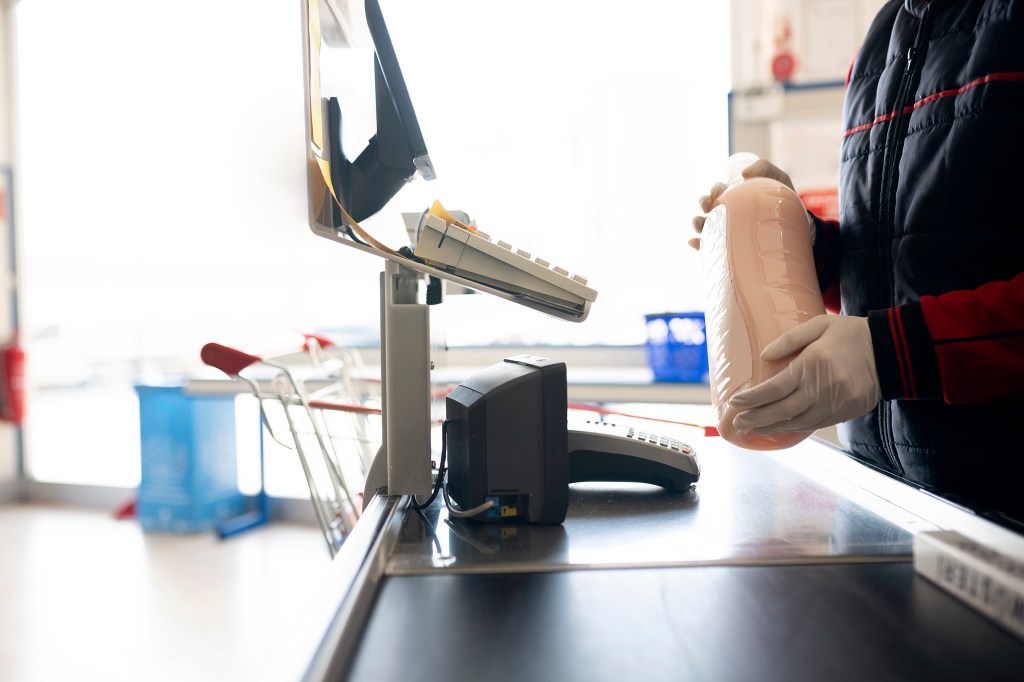The state of FMCG sales in South Africa
Overall, the report shows total annual FMCG retail sales of R523-Billion at South African retail outlets, a 12% annual increase compared to June 2021.
A closer look at the 40 top-selling categories shows that cooking oil experienced the highest product inflation (38%) in the 4 weeks ending June 1, 2022 (NielsenIQ monthly inflation is based on the difference between brand value sales growth versus unit sales growth i.e. how much more consumers are spending in terms of rands paid per pack than they were the month before). Cooking oil saw a correlating decrease in the number of product units sold for the first time since the onset of the war in Ukraine.
This trend is occurring for other products experiencing high inflation including frozen meat, which had 22% inflation and a 17% decline in unit sales, and snacks, which had 19% inflation and a subsequent decrease in units sold.
These insights stem from NielsenIQ’s Market Track, the largest grocery retail data source in the country and the only data currency[HH1] used by all South Africa’s major retailers. This benchmark data comprises more than 10,000 branded retail outlets (e.g. supermarkets and garage forecourts) and more than 143,000 independent stores (e.g. Spazas & Taverns) across South Africa’s nine provinces. In total it measures more than 80% of all retail grocery transactions.
A tipping point of affordability
“Consumers have reached a tipping point of affordability in the face of the higher prices they currently confront,” said Ged Nooy, NielsenIQ Managing Director, South Africa. “There is also clear evidence that consumers are becoming far more circumspect about what constitutes a ‘must have’ in their shopping baskets with fresh milk, Vienna sausages, breakfast cereals, margarine, cheese, soaps, skin care, and deodorant all on the chopping block.”
This inflection point has varying implications for staple categories. The bread category has experienced a positive impact from consumers forgoing other staples, despite its 10% inflation figure over the last month—the category saw unit sales increase by 17%. This is in contrast to staples like maize meal which also experienced price inflation but decreased pack sales 2.3% as a result, and fresh milk, which saw a 9% decrease in units sold.
The consumers behind the trends
Consumers are taking action to counter these increasing inflationary pressures. According to the latest NielsenIQ Consumer Outlook report, 85% of South Africans say they are “consciously watching what they spend compared to a year ago,” versus the 76% who said so in December 2021. It’s therefore no surprise that the proportion of consumers who recognize that their weekly shop has increased “versus six months ago” has increased from 70% to 80%.
To cope with these pressures, consumers are scaling back, with the top action being cooking at home, followed by spending less on discretionary items such as clothes and grooming and having fewer takeaway, dining out, and socializing occasions.
“As South Africans face a tsunami of utility and groceries price hikes, our research also shows that consumers are spending less on discretionary items such as home delivered meal kits, pre-prepared instant meals and snacks or luxury or new products,” said Nooy.
Till tactics
The study also showed that more than half of consumers surveyed said they choose the best-priced product. South Africa’s long-held ranking as one of the most price sensitive nations in the world also holds firm with half of South Africans buying whatever brand is on promotion, while 44% have gone as far as not buying certain products to reduce the cost of their shopping basket.
“The current wallet squeeze means shoppers are on the lookout for authentic, known, and trusted products that represent “security of purchase” in terms of providing everything they need at the lowest price possible,” said Nooy. “This is no time for radical, knee jerk reactions or hurried product executions but rather a measured, data-driven response that offers consumers consistency, certainty and value amidst the current price crisis.”

Navigate the retail landscape in South Africa
Win in retail with actionable insights that help drive growth for your business.




